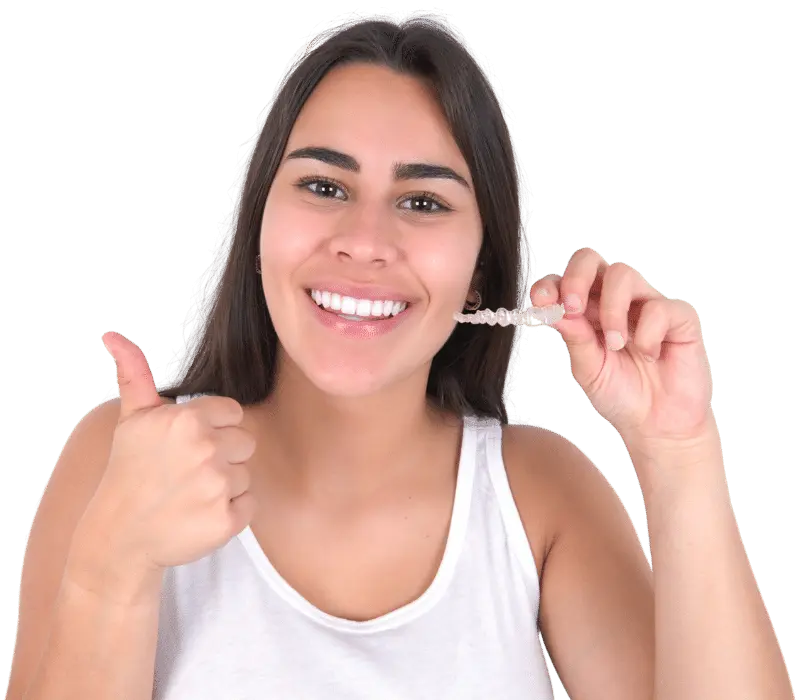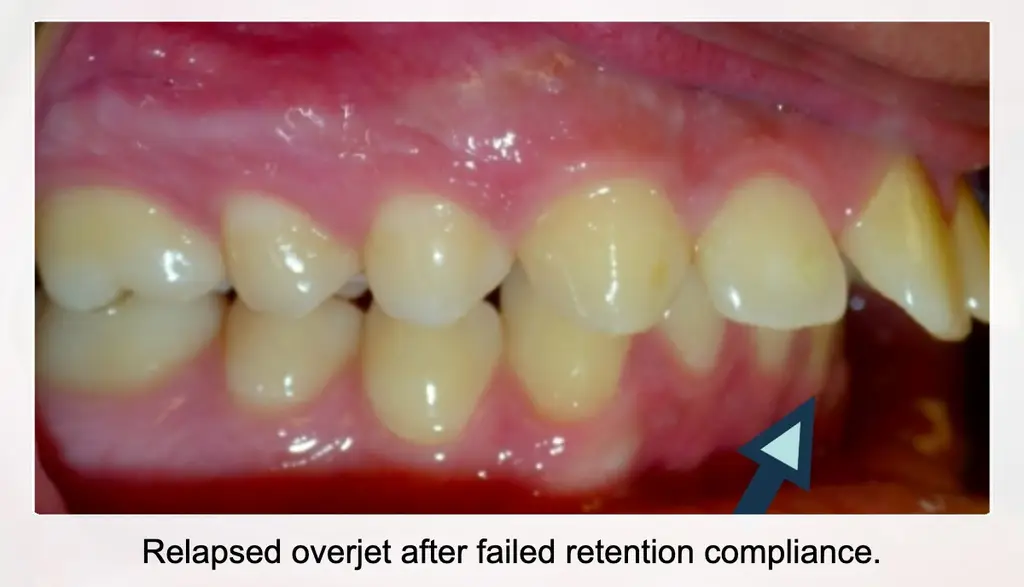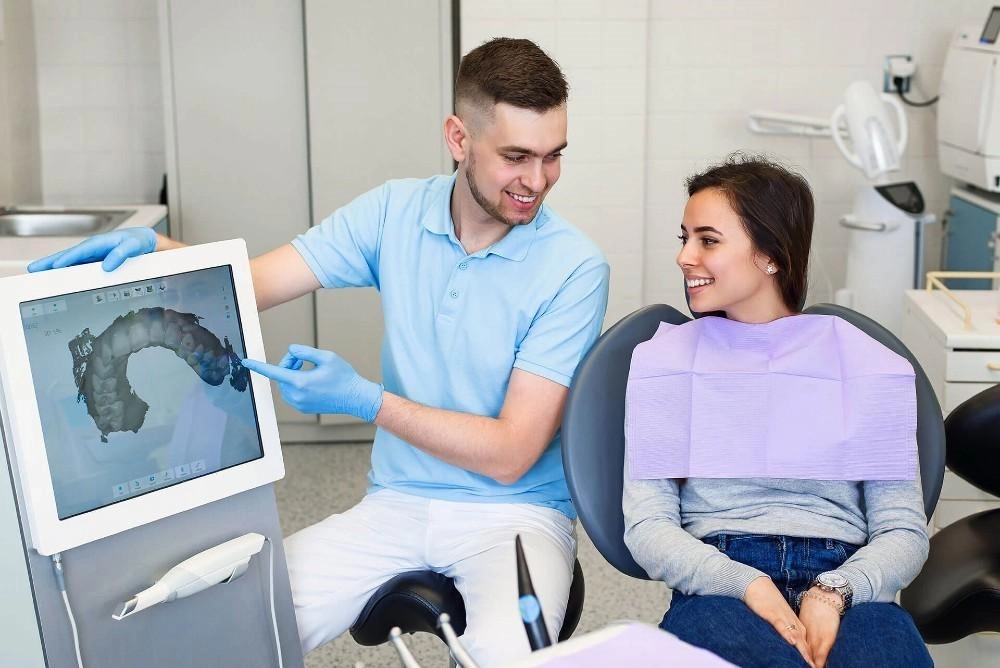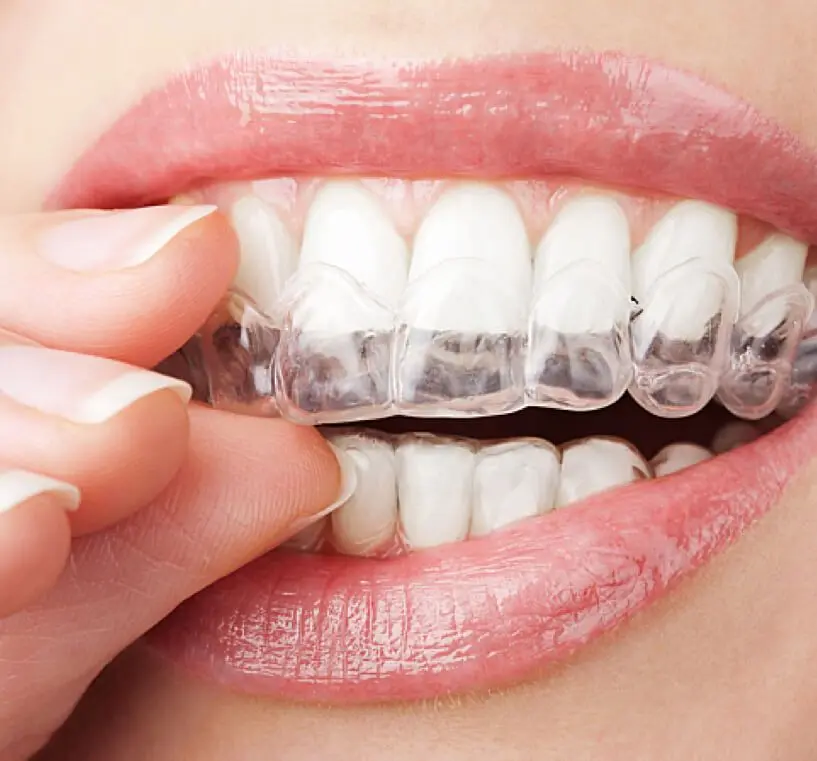
How Long
Should I Wear Retainers in a Day?
When you first get your braces off or finish your clear aligner treatment, your orthodontist will provide instructions for retainer wear. For the first few months, most patients will wear their removable retainers full-time, day and night, removing only for meals and drinking, and to brush their teeth and clean the retainers.
In certain cases, the orthodontists may instruct you to wear retainers only at night and to switch to full-time wear if you notice some shifting.
Some minor shifting of your teeth is normal after orthodontic treatment: this is called dental settling. Even with proper retainer wear, there will still be minor shifting as the teeth settle into their permanent positions. If the retainer is fitting well, you don’t need to worry about this minor shifting but contact your orthodontist if you have any questions or concerns or if your retainer isn’t fitting right.
When you reduce retainer to wear to nightly use, you’ll store your retainer safely in a case for the day, and then put the retainer in after brushing your teeth to sleep. Wear them all night long while you sleep, and wash them gently every morning before putting them back in the case.
With a permanent retainer, you don’t need to worry about taking the retainers in and out: you’ll just have the retainer in your mouth all the time, reducing any stress about compliance. But with removable retainers, it’s important to follow your orthodontist’s instructions to ensure the retention phase is effective at protecting your healthy bite and smile.


